How digital banking is facing rapid changes in the ‘instant’ world
The rise of payment mediums across Asia continues to pull greater demand for ‘instant’ services.
Payment platforms such as AliPay and WeChat are gaining more users in Asia. As the region embraces technology faster than its counterparts, the demand for mobile payment solutions increases at a faster rate. But like all good things, there are actions that banks must take to keep up with the changing landscape in the industry.
Asia Banking and Finance Magazine spoke with Roland Brandli, Strategic Product Manager for Digital Payments of SmartStream, to get the latest update on the banking payment landscape. He said that the adoption of contactless payments, particularly for mobile apps, which has become the biggest change in recent years, made this possible.
“The adoption of contactless payments is huge. Before, someone would go to an ATM, take money out of it, and you would buy 20 coffees with that cash. That was one transaction for a bank. Now, he pays 20 times with a contactless payment device, which means it's 20 transactions for the bank,” Brandli said.
From this development, the banking industry today revolves around an ‘instant’ world—one where clients expect to have transactions completed faster with mobile solutions.
“The expectation of the client that everything becomes instant is when he's doing these things online when he's doing this with his mobile [phone]. [On] top of being the expectation of being instant, it is also a question of how quickly you adopt new products,” Brandli added.
'Return of Excellence’ as the new standard
While the previous standard may have revolved around a product’s return on investment (ROI), Brandli said that the new expectation digital payments have introduced is the notion of ‘Return of Excellence’.
Clients now expect to be presented with better and faster services compared to traditional banking, which translates to digital initiatives banks must continually offer.
“What payment companies have to focus on banks is something called Return of Excellence. Up until now, we've always looked at the return of investment. Organisations will be measured by how quickly, how efficiently, and how well they do things,” he said.
However, he also mentioned that this can be a double-edged sword. While more clients can be onboarded with these new platforms, several users can also decide to leave anytime.
“The digital initiatives that most of these organisations have started, a lot of it revolves around the onboarding of customers, so as to give them quick access to bank accounts, to payment facilities, and that's a double-edged sword because they can move away as quickly as possible as well.”
Brandli said that SmartStream is committed to helping the industry by providing its clients with a better service with its unique software. Focusing on the reconciliation of transaction lifecycles, the software can ensure quicker, faster, and more automated solutions.
“On digital payments solutions, one of the things that we embraced very early is the reconciliation of the entire transaction lifecycle. On top of that, we provide a lot of insight into how those transactions are all about control. If you deploy our software, you know that you have control over your business at the touch of a button,” he said.
“I think it's [key to] be prepared, ensure you put in proper transactional controls, and do not neglect exception management because it's a huge part of your business,” he added.

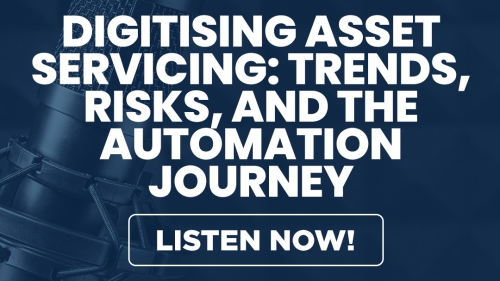

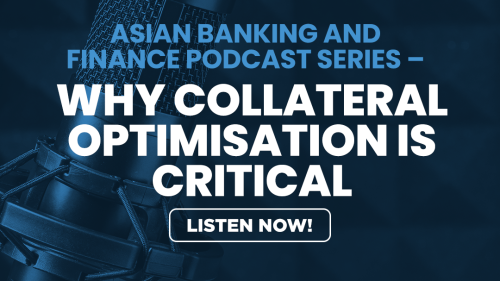


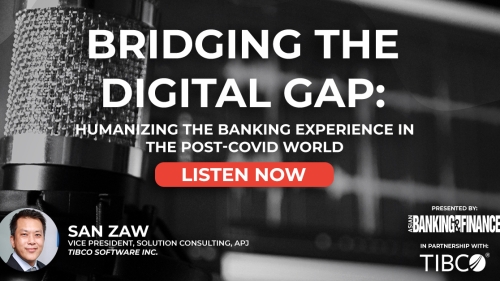
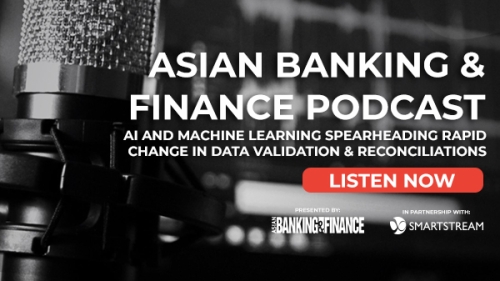

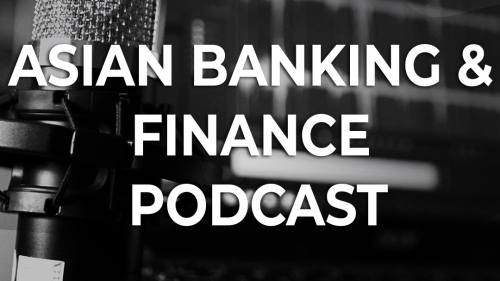

 Advertise
Advertise




















